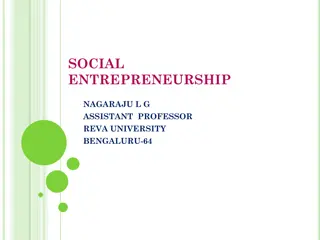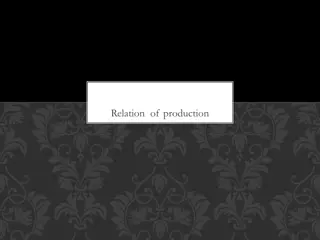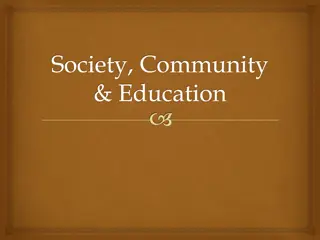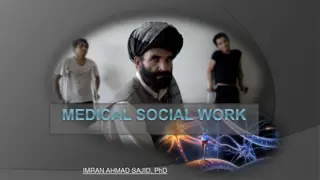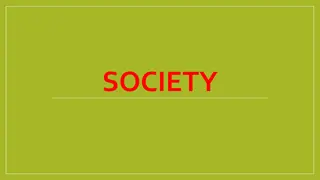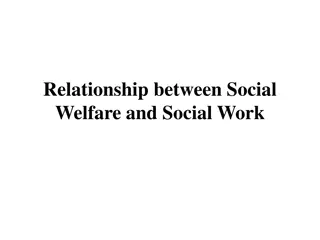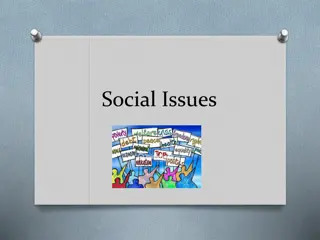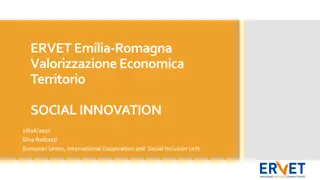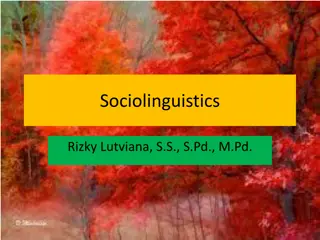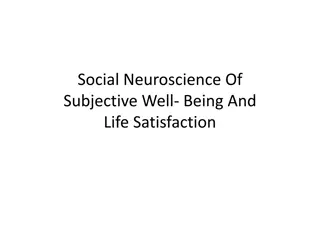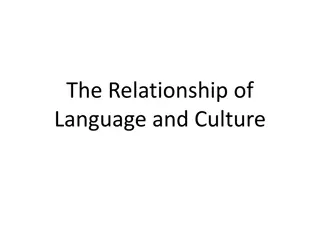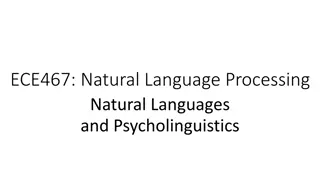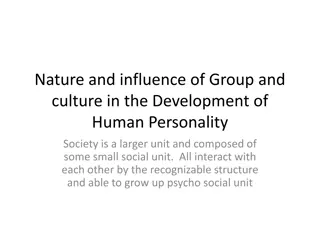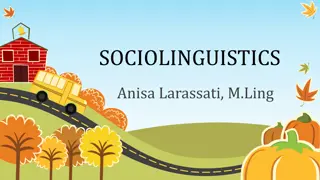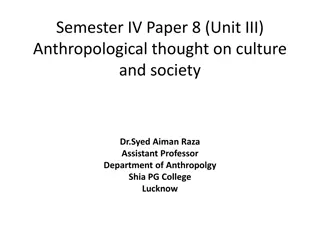Language in Society: Understanding the Interplay between Language and Social Structures
Exploring the intricate relationship between language and society, this material delves into how social structures influence linguistic behaviors and vice versa. Sociolinguistics and sociology of language are distinguished, shedding light on the significance of studying language in the context of societal arrangements.
Download Presentation

Please find below an Image/Link to download the presentation.
The content on the website is provided AS IS for your information and personal use only. It may not be sold, licensed, or shared on other websites without obtaining consent from the author. Download presentation by click this link. If you encounter any issues during the download, it is possible that the publisher has removed the file from their server.
E N D
Presentation Transcript
LANGUAGE IN SOCIETY LANGUAGE IN SOCIETY Nai Supartini Atmawidjaja, S.S., M.Hum
LEARNING MATERIAL 1stmeeting: Some Basic Methodological Concerns A society is any group of people who are drawn together for a certain purpose or purposes. A language is what the members of a particular society speak. Definitions of language and society are not independent: the definition of language includes in it a reference to society. When two or more people communicate with each other in speech, we can call the system of communication that they employ a code. In most cases that code will be something we may also want to call a language. We should also note that two speakers who are bilingual, that is, who have access to two codes, and who for one reason or another shift back and forth between the two languages as they converse, either by code-switching or code-mixing, are actually using a third code, one which draws on those two languages. Noam Chomsky has distinguished between what he has called competence and performance. He claims that it is the linguist s task to characterize what with their language, i.e., their competence, not what they do with their language, i.e., their performance.
Relationships BetweenLanguage and Society: 1. That social structure may either influence or determine linguistic structure and/or behavior. 2. Directly opposed to the first: linguistic structure and/or behavior may either influence or determine social structure. 3. That the influence is bi-directional: language and society may influence each other. 4. To assume that there is no relationship at all between linguistic structure and social structure and that each is independent of the other. Gumperz (1971:223) has observed that sociolinguistics is an attempt to find correlations between social structure and linguistic structure and to observe any changes that occur. Social structure itself may be measured by reference to such factors as social class and educational background; we can then attempt to relate verbal behavior and performance to these factors.
A distinction between sociolinguistics and the sociology of language: Sociolinguistics is concerned with investigating the relationship between language and society with the goal being a better understanding of the structure of language and how language function in communication. Sociology of language is trying to discover how social structure can be better understood through the study of language, e.g., how certain linguistic features serve to characterize particular social arrangements.
According to Hudson (1980:4-5) has described the difference as follows: Sociolinguistics is the study of language in relation to society Sociology of language is the study of society in relation to language. In other words, in sociolinguistics we study society in order to find out as much as we can about what kind of thing language is, and in the sociology of language we reverse the direction of our interest.
According to Trudgill (1978):while everybody would agree that sociolinguistics has something to do with language and society, it is clearly also not concerned with everything that could be considered language and society . He continued that there are certain kinds of work combine insights from sociology and linguistics : 1) structure of discourse and conversation, 2) speech acts, 3) studies in the ethnography of speaking, 4) investigations of such matters as kinship systems, 5) studies in the sociology of language : bilingualism, code-switching, and diglossia, 6) certain practical concerns such as various aspects of teaching and language behavior in classrooms. While he considers all such topics to be genuinely sociolinguistics, he prefers, however to use that term in a rather different and somewhat narrower sense. He says that such concerns are perhaps subsumed under anthropological linguistics, geo linguistics, the social psychology of language, and so on.
2nd meeting: Language Varieties Hudson (1980:24) defines a variety of language as a set of linguistic items with similar distribution , a definition that allows us to say that all of the following are varieties: English, French, London English, the English of football commentaries, and so on. The definition also allows us to treat all the languages of some multilingual speaker, or community, as a single variety, since all the linguistic items concerned have a similar social distribution.
Ferguson (1971:30) defines a variety of a language as any body of human speech patterns which is sufficiently homogenous to be analyzed by available techniques of synchronic description and which has a sufficiently large repertory of elements and their arrangements or processes with broad enough semantic scope to function in all formal contexts of communication.
Language and Dialects: Haugen (1966a) has pointed out that language and dialect are ambiguous terms. Ordinary people use them quite freely to speak about various linguistic situations, but scholars often experience considerable difficulty in deciding that one term should be used rather than the other in certain situations. Language can be used to refer either to a single linguistic norm or to a group of related norms, and dialect to refer to one of the norms.
Language: Bell (1976:147-157) has listed seven criteria that may be useful in discussing different kinds of languages: standardization (refers to the process by which a language has been codified in some way. That process usually involves the development of such things as grammars, spelling books, and dictionaries, and possibly a literature), vitality (refers to the existence of a living community of speakers. This criterion can be used to distinguish languages that are alive from those that are dead ),historicity (refers to the fact that a particular group of people finds a sense of identity through using a particular language : it belongs to them), autonomy (is an interesting concept because it is really one of feeling. A language must be felt by its speakers to be different from other languages), reduction (refers to the fact that a particular variety may be regarded as a sub-variety rather than as an independent entity), mixture (refers to feelings speakers have about the purity of the variety they speak), and de facto norms (refers to the feeling that many speakers have that there are both good speakers and poor speakers and that the good speakers represent the norms of proper usage).
Dialect : is a subordinate variety of a language, so that we can say that Texas English and Swiss German are respectively, dialects of English and German. Vernacular : the speech of a particular country or region OR more technically a form of speech transmitted from parent to child as a primary medium of communication . Koine : a form of speech shared by people of different vernaculars-though for some of them the koine itself may be their vernacular. A koine is a common language, but not necessarily a standard one. Social Dialects : can also be used to describe differences in speech associated with various social groups or classes. Social dialectology refer to this branch of linguistic study.
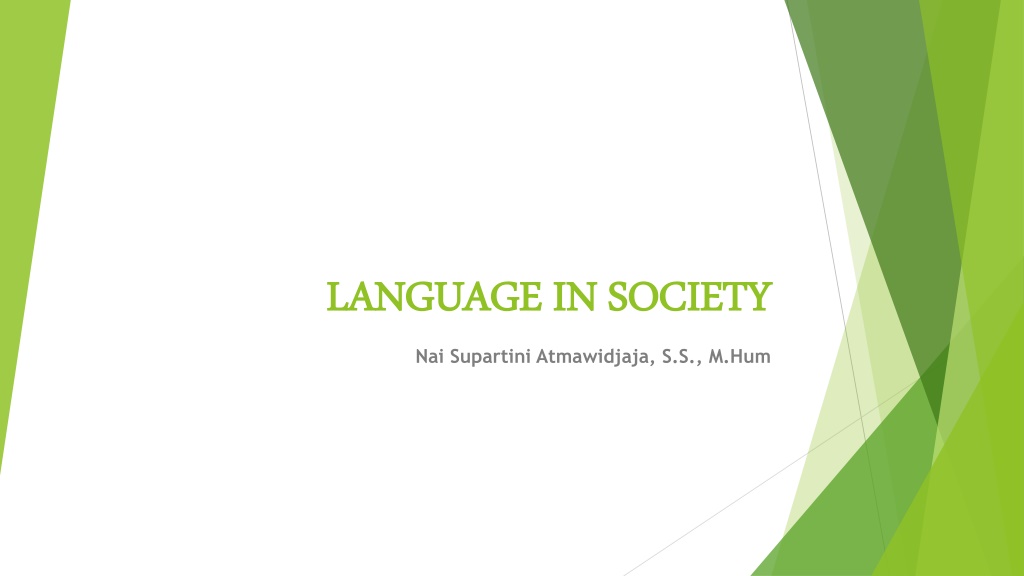
 undefined
undefined






